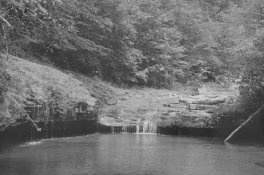maltfalc
Member
- Joined
- May 11, 2007
- Messages
- 108
- Format
- 35mm
i haven't worked with traditional b&w chemistry since a brief period in highschool more than a decade ago, so this may be a really dumb idea. say i had an easel for an enlarger that could pump a liquid between the surface of the paper and a sheet of glass. could i expose a sheet of paper while running developer over it, stopping the exposure and flushing out the developer when the image appears?











